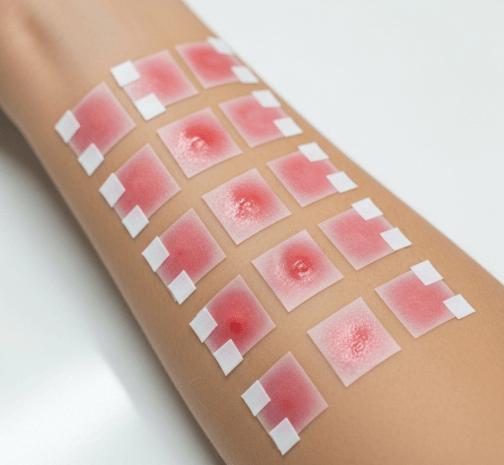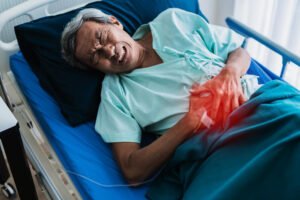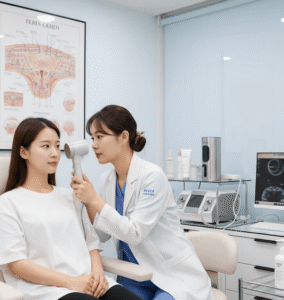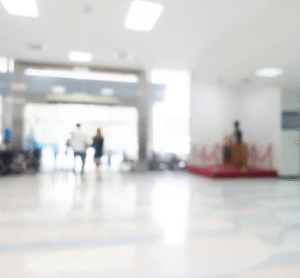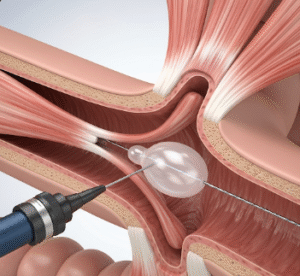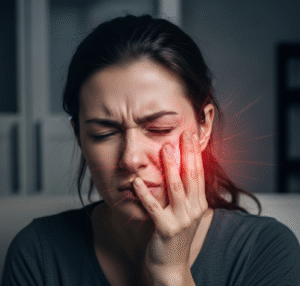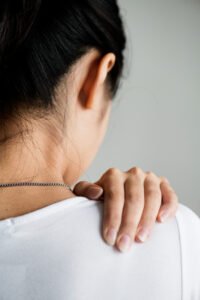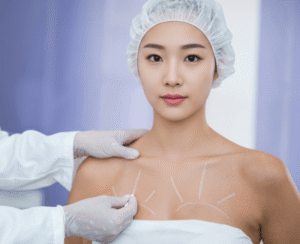Preventive skin testing for safe cosmetic coloring
What it is
A hair dye allergy strip test, also called a patch test, is a diagnostic method used to check whether an individual is allergic to chemicals in hair dye — especially para-phenylenediamine (PPD), one of the most common culprits.
The test involves applying a small amount of hair dye (or specific ingredients) to a patch of skin, usually behind the ear or on the forearm, and observing for an allergic reaction. This reaction may appear as redness, itching, swelling, or blistering, indicating sensitivity.
Hair dye allergy strip tests are considered part of skin and care treatments because they focus on preventing allergic dermatitis before cosmetic hair coloring. In Korea, these tests are widely recommended in dermatology clinics and beauty care centers, where emphasis is placed on safety, aesthetic results, and long-term skin health.
Why it’s done
Hair dye allergy strip tests are important for several reasons:
✔ Early detection – Identifies sensitivity to chemicals before full dye application.
✔ Prevention of severe reactions – Protects against rashes, blisters, swelling, or long-lasting pigmentation changes.
✔ Cosmetic safety – Ensures people can dye hair without risking visible skin damage on the scalp, face, or neck.
✔ Improved confidence – Patients can use hair dye with reassurance when tests show no reaction.
✔ Medical guidance – Helps dermatologists suggest safer dye alternatives if allergies are detected.
Alternatives
While strip tests are the standard, there are other approaches to allergy prevention and detection.
→ Questionnaire and history-taking – Reviewing prior reactions to hair dye, tattoos, or cosmetics.
→ Laboratory patch testing – Formal testing in dermatology clinics using purified allergens (PPD, resorcinol, ammonia, etc.).
→ Avoidance approach – Completely avoiding chemical hair dyes if a history of allergy exists.
→ Use of hypoallergenic products – Plant-based or PPD-free dyes, though reactions can still occur.
→ Camouflage or herbal solutions – Temporary hair mascaras, organic powders, or henna, if confirmed safe for the individual.
Despite these options, strip tests remain the most practical and widely available preventive measure.
Preparation
Proper preparation ensures the strip test produces reliable results.
➤ No antihistamines – Patients should avoid antihistamine use before the test, as it may suppress allergic reactions.
➤ Clean skin – The test site (behind ear or forearm) must be free of lotions, perfumes, or soap residue.
➤ Review of medical history – Prior allergies, eczema, asthma, or dermatitis are noted, as these increase risk.
➤ Selection of test dye – The exact dye or ingredient the patient plans to use is chosen for the strip test.
➤ Patient education – Patients are told what to expect, how long to wait, and signs of a positive reaction.
How it’s done
The process is straightforward but carefully observed.
➔ Application – A small amount of diluted hair dye is applied to a patch of skin (usually forearm or behind ear).
➔ Timing – The dye is left in place for 48 hours, sometimes covered with adhesive tape.
➔ Observation – The site is checked at intervals (usually 48 and 72 hours).
➔ Result interpretation:
- Negative – No reaction; hair dye use is likely safe.
- Mild reaction – Redness or itching; caution is advised, alternative products may be suggested.
- Positive reaction – Swelling, blistering, or severe itching; dye should not be used.
➔ Advanced clinic testing – In Korean dermatology centers, additional patch panels with multiple allergens may be used for precision.
Recovery
Recovery after a strip test is simple.
→ Most patients have no symptoms, as negative results mean no allergy.
→ A mild reaction may cause temporary redness or itching, which resolves within a few days.
→ If a strong positive reaction occurs, doctors may prescribe topical corticosteroids or soothing ointments.
→ Patients can usually resume normal activities immediately.
Complications
Strip tests are safe but not completely risk-free.
✔ Skin irritation – Mild itching or redness is common, even in non-allergic individuals.
✔ False negatives – Rarely, a reaction may occur with full hair dyeing despite a negative test.
✔ False positives – Sensitive skin may react mildly even without a true allergy.
✔ Eczema flare-ups – In people with chronic dermatitis, the test site may worsen temporarily.
✔ Scarring or pigment changes – Extremely rare, but possible in severe allergic responses.
In Korea, dermatologists minimize risks by using controlled concentrations and proper monitoring.
Treatment options in Korea
Korea emphasizes safety and preventive care in both cosmetic and dermatology fields.
➤ Widespread use of patch tests – Offered in dermatology clinics, beauty salons, and hospitals before dye procedures.
➤ Dermatology-led testing – Clinics use comprehensive allergy panels, not just hair dye, to identify cross-reactions with cosmetics or textiles.
➤ Integration with cosmetic care – If allergy is detected, dermatologists recommend PPD-free dyes, herbal alternatives, or cosmetic camouflage solutions.
➤ Public awareness – Many Korean salons encourage clients to undergo patch testing before new dyes.
➤ Medical tourism support – International visitors can request allergy safety testing as part of broader dermatologic or cosmetic care.
➤ Research leadership – Korean dermatologists publish global studies on contact dermatitis and cosmetic safety, ensuring treatments are up-to-date and evidence-based.
By choosing hair dye allergy strip tests in Korea, patients benefit from cutting-edge dermatologic care, safe cosmetic practices, and holistic guidance, ensuring both beauty and skin health.

